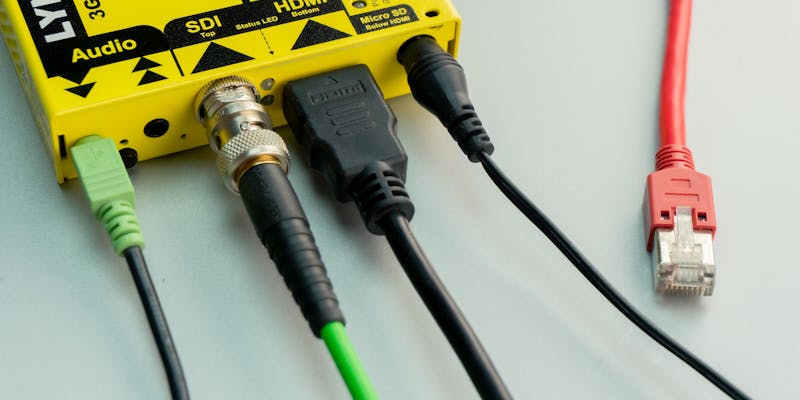NVIDIA has taken a significant step in advancing the capabilities of high-performance computing and gaming graphics by introducing an innovative power connector for its high-end GPUs. The new H++ connector, specially designed for the GeForce RTX 40 SUPER series, marks an evolution in the power supply infrastructure for graphics cards. This development is aimed at answering the needs of users who require top-tier graphical performance and computational power. As games and computing applications become increasingly demanding, consistent and stable power delivery becomes critical for optimal performance and reliability. With the H++ connector, NVIDIA ensures that its latest GPUs can handle the electrical requirements necessary to deliver the best experience possible. This improvement reflects NVIDIA’s commitment to meeting the growing demands of the high-performance market and securing its GPUs’ position as the go-to choice for enthusiasts and professionals seeking unparalleled visual and processing capabilities.
Resolving the Power Delivery Dilemma
The transition to the H++ connector comes after a series of complications involving the previous 12VHPWR “H+” variant, which was found to be lacking in some crucial areas. Users reported issues that led to damage in some GeForce RTX 4090 cards, prompting a critical re-evaluation of the connector’s design. As a result, NVIDIA has pushed the envelope in power delivery technology with H++, capable of delivering up to a staggering 675 watts of power to meet the demands of the most rigorous applications and future-proof these GPUs for upcoming generational advancements in graphics technology.
In this reliable and more robust iteration, the connector has been designed with a focus on addressing the failings of the H+ variant. The company has thoroughly tested the H++ connector to ensure it can handle the requirements of their high-powered GPUs without risking the integrity of the users’ hardware. This proactive approach underlines NVIDIA’s commitment to quality and safety while still carving a path toward cutting-edge performance in their products.
The Broader Impact on Industry Standards
The H++ connector, currently featured in NVIDIA’s RTX 40 SUPER series, signals a broader shift in the industry towards Gen 5 high-power interfaces, likely to become the standard for future GPUs. This move is a response to the rising power demands of advanced graphics cards. NVIDIA is at the forefront, and AMD is also considering similar power solutions, highlighting a cautious but necessary progression across the field. Safety and efficiency are paramount as the industry moves forward.
This trend underscores the constant evolution of power delivery in tech, pushing the envelope of current capabilities. While NVIDIA’s implementation is specific to its products, it reflects a ubiquitous challenge, compelling others to follow suit in pursuit of optimal performance and reliability. The tech community watches the development closely, recognizing it as a pivotal step in high-end GPU innovation.

